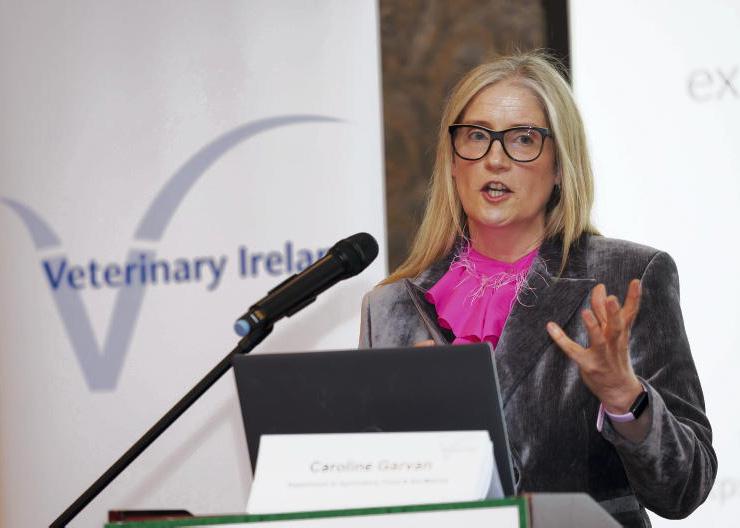We are free from the shackles of TB again at last, with our second clear test last week. We can offload a few more cull cows now and a few stray beef cattle over the next few weeks and get numbers under control in the sheds for the rest of winter.
We have a good number of surplus cows to move on, so it’s good to have both the factory and the mart as an option now.
The factory seems to be paying better by all reports, but we might try a few in the mart as well and see how they go.
We are milking once a day for the last week and will continue with this for the rest of the season now, with both man and beast needing a break after a tough year.
We will dry off bigger batches of cows from the end of this week based on calving date and should be fully dry by the middle of December.
We are getting the milking herd out to grass most days again, despite the storms and rain over the last few weeks.
We should have enough of the heavy covers grazed off by the end of November, so we will probably call it a day at that stage and milk off cubicles fully for the last week or two.
The in-calf heifers will be freeze-branded this week, as the batch that were marooned by TB at the contract rearers are free to move home now.
The weanling heifers that will replace them will move in the opposite direction and again lighten the load in the shed that they were in for the last few weeks.
The in-calf heifers are a nice bunch, but with the market suppressed by the new nitrates limits, we will have to carry them into the new year and try to sell them calved instead of selling a few of them in-calf as planned.
This whole nitrates debacle is very frustrating for farmers. We are hearing very contradictory messages from Europe and from our Minister for Agriculture.
Flexibility
There seems to be a lot more flexibility available to the Department of Agriculture than we were first told.
Reading between the lines on it all, you would have to wonder if this reduction in the derogation from 250 to 220kg of organic nitrogen per hectare is just too convenient for a Government that has a target of 25% of a reduction in emissions in the agricultural sector by 2030.
It is much easier to point the finger of blame at European regulations rather than take responsibility for difficult decisions at home. The cost of a cow reduction scheme gets conveniently brushed aside at the same time.
We are already hearing that the 220kg could reduce to 200kg and even 170kg over the next few years. This would drastically change the economics of dairy production in this country, making most of our dairy farms unviable.
Maybe Teagasc needs to run some models at those stocking rates to see where farm output and profit drops to, and to see where the whole dairy industry goes at those stocking rates.
We could see thousands out of work, both on-farm and in the processing industry over the next few years if these cuts are implemented across the board.
There is obviously pressure being put on the minister from all sides, but we can’t be the fall guys for all water quality issues, for emissions reductions and do all of the heavy lifting on sequestration as well.
We would just be making room for more air travel, more data centres and more fossil fuel burning at the expense of top quality food production.










SHARING OPTIONS